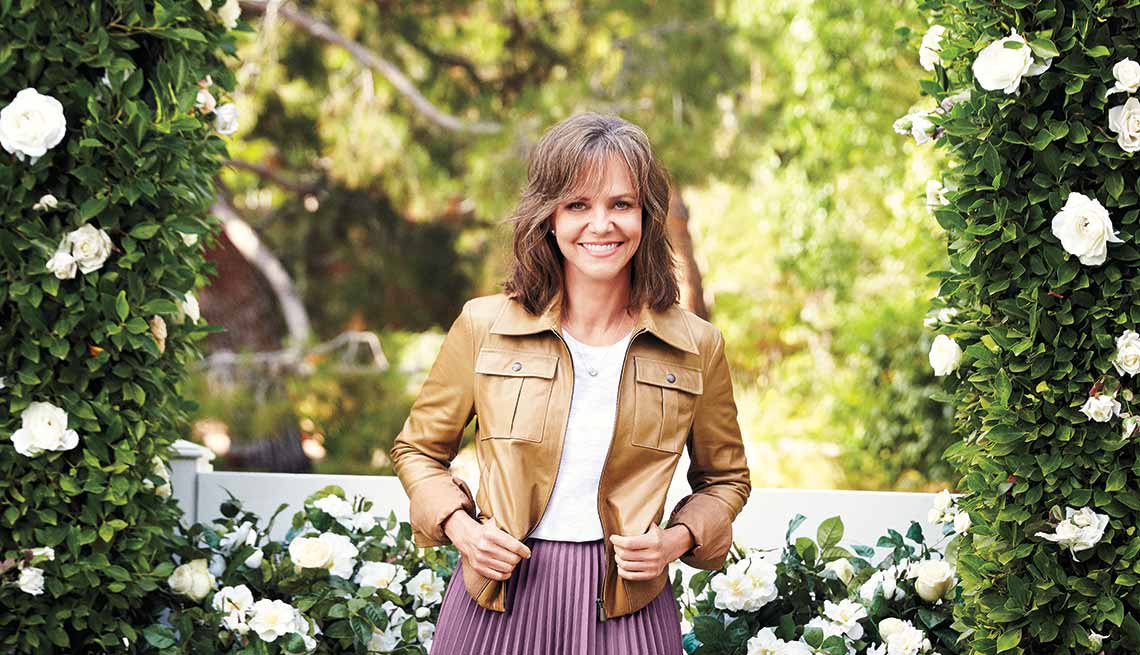
- Select a language for the TTS:
- UK English Female
- UK English Male
- US English Female
- US English Male
- Australian Female
- Australian Male
- Language selected: (auto detect) - EN
Play all audios:
Bioengineering advances and genome-editing technologies can drive the development of a bio-based circular plastic economy to address the plastic crisis. Access through your institution Buy
or subscribe This is a preview of subscription content, access via your institution ACCESS OPTIONS Access through your institution Subscribe to this journal Receive 12 digital issues and
online access to articles $119.00 per year only $9.92 per issue Learn more Buy this article * Purchase on SpringerLink * Instant access to full article PDF Buy now Prices may be subject to
local taxes which are calculated during checkout ADDITIONAL ACCESS OPTIONS: * Log in * Learn about institutional subscriptions * Read our FAQs * Contact customer support REFERENCES *
Jambeck, J. R. et al. Plastic waste inputs from land into the ocean. _Science_ 347, 768–771 (2015). Article Google Scholar * Bachmann, M. et al. Towards circular plastics within planetary
boundaries. _Nat. Sustain._ 6, 599–610 (2023). Article Google Scholar * Giaveri, S. et al. Nature‐inspired circular‐economy recycling for proteins: proof of concept. _Adv. Mater._ 33,
e2104581 (2021). Article Google Scholar * Lu, H. et al. Machine learning-aided engineering of hydrolases for PET depolymerization. _Nature_ 604, 662–667 (2022). Article Google Scholar *
Yoshida, S. et al. A bacterium that degrades and assimilates poly (ethylene terephthalate). _Science_ 351, 1196–1199 (2016). Article Google Scholar * Knott, B. C. et al. Characterization
and engineering of a two-enzyme system for plastics depolymerization. _Proc. Natl Acad. Sci. USA_ 117, 25476–25485 (2020). Article Google Scholar * Bao, T., Qian, Y., Xin, Y., Collins, J.
J. & Lu, T. Engineering microbial division of labor for plastic upcycling. _Nat. Commun._ 14, 5712 (2023). Article Google Scholar * Hao, L. T. et al. Optimizing bioplastics
translation. _Nat. Rev. Bioeng._ 2, 289–304 (2024). Article Google Scholar * Rosenboom, J.-G., Langer, R. & Traverso, G. Bioplastics for a circular economy. _Nat. Rev. Mater._ 7,
117–137 (2022). Article Google Scholar * Aggarwal, N. et al. Microbial engineering strategies to utilize waste feedstock for sustainable bioproduction. _Nat. Rev. Bioeng._ 2, 155–174
(2024). Article Google Scholar * Wei, R. et al. Possibilities and limitations of biotechnological plastic degradation and recycling. _Nat. Catal._ 3, 867–871 (2020). Article Google
Scholar * Tang, T.-C. et al. Materials design by synthetic biology. _Nat. Rev. Mater._ 6, 332–350 (2021). Article Google Scholar Download references ACKNOWLEDGEMENTS M.G. gratefully
acknowledges Deakin University for the financial support through the Alfred Deakin Research Fellowship that enabled the completion of this research endeavour. AUTHOR INFORMATION AUTHORS AND
AFFILIATIONS * Center for Sustainable Bioproducts, Deakin University, Geelong, Victoria, Australia Mehran Ghasemlou, Minoo Naebe & Colin J. Barrow * School of Science, STEM College, RMIT
University, Melbourne, Victoria, Australia Benu Adhikari * Institute for Frontier Materials, Deakin University, Geelong, Victoria, Australia Minoo Naebe Authors * Mehran Ghasemlou View
author publications You can also search for this author inPubMed Google Scholar * Benu Adhikari View author publications You can also search for this author inPubMed Google Scholar * Minoo
Naebe View author publications You can also search for this author inPubMed Google Scholar * Colin J. Barrow View author publications You can also search for this author inPubMed Google
Scholar CORRESPONDING AUTHORS Correspondence to Mehran Ghasemlou, Minoo Naebe or Colin J. Barrow. ETHICS DECLARATIONS COMPETING INTERESTS The authors declare no competing interests. RIGHTS
AND PERMISSIONS Reprints and permissions ABOUT THIS ARTICLE CITE THIS ARTICLE Ghasemlou, M., Adhikari, B., Naebe, M. _et al._ Bioengineering strategies to promote plastic circularity. _Nat
Rev Bioeng_ 3, 353–354 (2025). https://doi.org/10.1038/s44222-025-00287-5 Download citation * Published: 18 February 2025 * Issue Date: May 2025 * DOI:
https://doi.org/10.1038/s44222-025-00287-5 SHARE THIS ARTICLE Anyone you share the following link with will be able to read this content: Get shareable link Sorry, a shareable link is not
currently available for this article. Copy to clipboard Provided by the Springer Nature SharedIt content-sharing initiative






